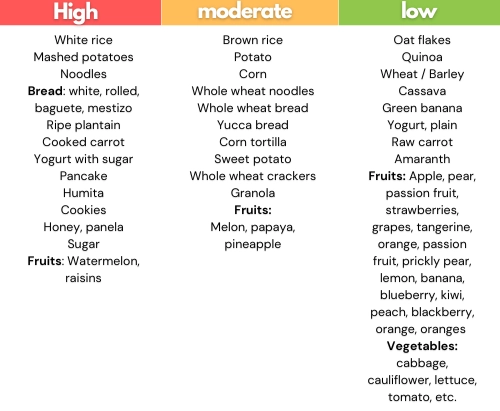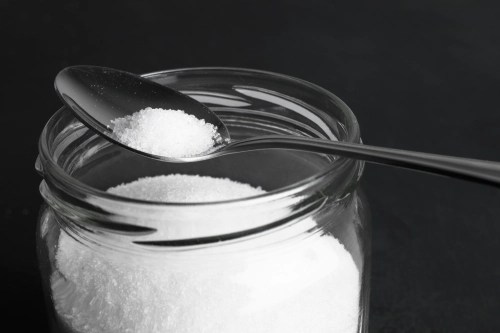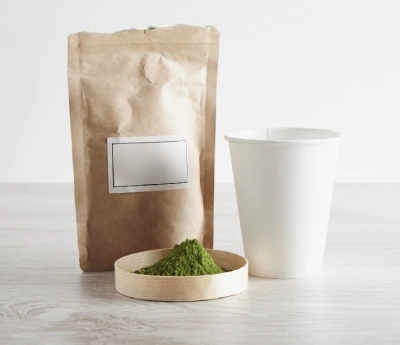Low Glycemic Index Foods: The Best Choices
Low glycemic index foods play a crucial role in maintaining blood glucose levels by causing a slower and more gradual rise in blood glucose compared to high glycemic index foods.
Maintaining stable blood sugar levels is essential for overall health, especially for people who are managing diabetes or who want to improve their metabolic well-being.
What Are Low Glycemic Index Foods?
The glycemic index (GI) is a scale that ranks carbohydrate-containing foods based on how quickly they raise blood glucose levels after consumption. Foods are classified into three categories:
- Low GI (55 or less): These foods release glucose slowly, leading to a gradual rise in blood sugar. Examples include legumes, whole grains, most fruits, and non-starchy vegetables.
- Medium GI (56–69): These foods have a moderate impact on blood glucose, such as whole wheat bread, sweet potatoes, and some fruits.
- High GI (70 or more): These foods cause a rapid increase in blood sugar, often leading to energy spikes and crashes. Examples include white bread, sugary cereals, and processed snacks.
List of glycemic index of foods

How Cooking Methods Affect the Glycemic Index
The way food is prepared can significantly alter its glycemic response. Certain cooking techniques can either increase or decrease the glycemic index of foods, affecting how they impact blood sugar.
- Fermentation and Whole Grains: Baking bread with sourdough fermentation or using whole grains increases resistant starch, which slows digestion and lowers GI.
- Cooking and Starch Gelatinization: Boiling, steaming, or processing foods with high moisture can break down starch structures, making them more digestible and raising their GI. For example, mashed potatoes have a higher GI than boiled whole potatoes.
- Fiber and Protein Enrichment: Adding fiber, proteins, or polyphenols to foods such as pasta or rice can reduce the glycemic response by slowing down starch digestion.
- Juicing vs. Whole Fruits: The mechanical processing of fruits into juices destroys fiber, increasing the glycemic index compared to consuming whole fruits.
By adjusting cooking methods, you can optimize the glycemic impact of your meals and make healthier dietary choices.
Low Glycemic Index Foods: Conclusion
Choosing low glycemic index foods is a practical and effective approach to improving blood sugar control, supporting heart health, and managing weight. Additionally, understanding how cooking methods affect the glycemic index allows for smarter meal planning.
By prioritizing whole, unprocessed foods and adopting healthier cooking techniques, you can optimize your diet for better metabolic health and overall well-being.
Written by: Nutritionist Andrés Izurieta

Bibliographic citations:
American Diabetes Association Professional Practice Committee. Facilitating Positive Health Behaviors and Well-being to Improve Health Outcomes: Standards of Care in Diabetes-2025. Diabetes Care. 1 de enero de 2025;48(Supplement_1):S86-127.
Jeevarathinam G, Ramniwas S, Singh P, Rustagi S, Mohammed Basheeruddin Asdaq S, Pandiselvam R. Macromolecular, thermal, and nonthermal technologies for reduction of glycemic index in food-A review. Food Chem. 1 de julio de 2024;445:138742.
Laue C, Ballance S, Knutsen SH, Papazova E, Soeth E, Pannenbeckers A, et al. Glycemic response to low sugar apple juice treated with invertase, glucose oxidase and catalase. Eur J Clin Nutr. octubre de 2019;73(10):1382-91.





